Best Brewing Equipment for Beginners
The Importance of Using Appropriate Best Brewing Equipment for Beginners
Good brewing equipment helps control fermentation temperatures, maintain sanitary conditions, and produce a better-tasting beer. Starting with the right gear also sets you up with the habits and techniques you’ll carry forward as you advance.
What Beginners Need to Know Before Buying Brewing Equipment
Before you click “add to cart” on a flashy brewing system, let’s cover a few foundational things. Homebrewing isn’t just about throwing ingredients into a pot and hoping for the best. It’s a precise (but creative!) science that requires cleanliness, timing, and patience.
Here’s what beginners absolutely need to know:
- Batch Size Matters: Most starters go with 1-5 gallon batches. A smaller size is easier to manage, and it keeps the cleanup less of a headache.
- Time Commitment: Brewing takes time. A few hours on brew day, then weeks of fermentation. It’s a hobby of delayed gratification — but it’s worth the wait.
- Sanitation is King: This is your new religion. If it touches your beer, it must be clean. Contaminants ruin good beer faster than anything else.
- Temperature Control: Yeast is picky. Too hot or too cold, and your beer will be funky. A good fermenter helps stabilize temps.
- All-Grain vs. Extract Brewing: Beginners usually start with extract kits. They’re easier and faster. All-grain is the next level — more control, better flavor, more gear.
Knowing these basics helps you decide on equipment that aligns with your goals and lifestyle. Do you want simplicity? Go with a kit. Do you want to tinker? Build your setup.
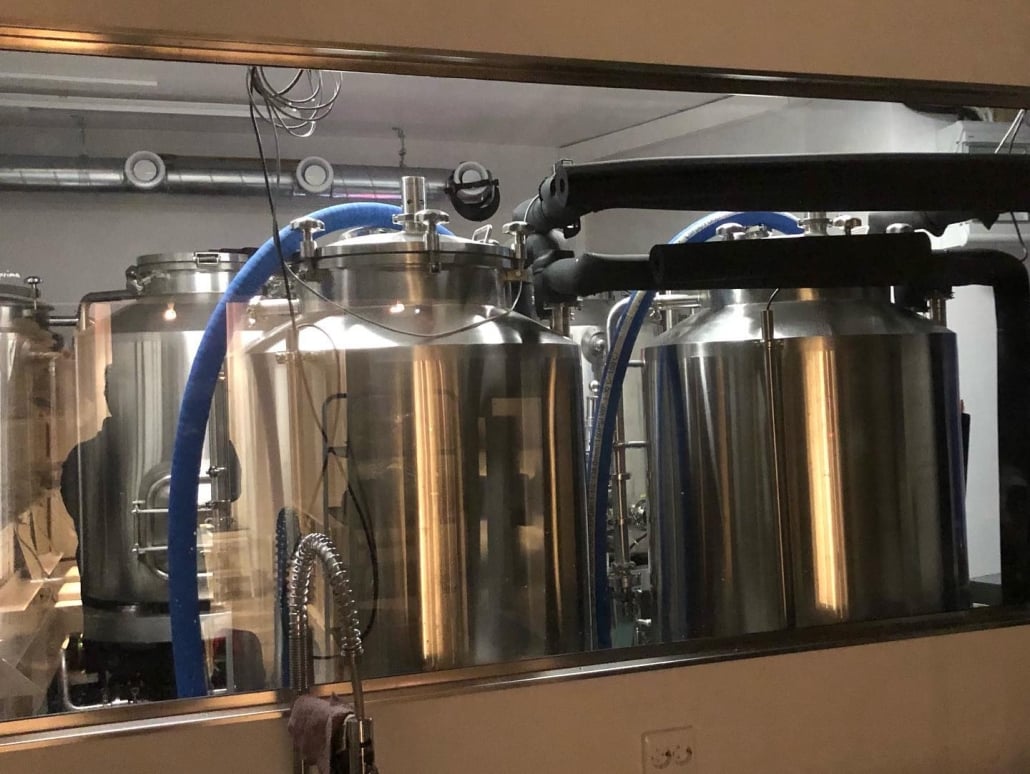
Best Brewing Equipment for Beginners
When it comes to selecting the best brewing equipment, think of it like building your first toolbox. You need reliable, essential pieces — not every fancy gadget on the market. Here’s a breakdown of the core gear most beginners will need:
- Brew Kettle: The heart of your setup. A good stainless steel kettle (at least 5 gallons) is durable, easy to clean, and heats evenly.
- Fermenter with Airlock: This is where the magic happens. Plastic buckets are cheaper, but glass carboys or PET fermenters offer better longevity.
- Hydrometer or Refractometer: These measure sugar content and help you know when fermentation is done.
- Siphon or Auto-Siphon: For transferring beer without disturbing sediment.
- Sanitizer: Absolutely essential. Star San is a fan favorite because it’s no-rinse and super effective.
- Bottle Capper and Bottles: Unless you’re kegging (which is pricier and more complex), you’ll need bottles, caps, and a capper.
- Thermometer: Brewing is all about hitting target temps. Don’t wing it.
- Stirring Spoon (Long Handle): For mixing without burning your hands.
Beginner-Friendly Homebrewing Kits Comparison Table
This table breaks down popular beginner-friendly brewing kits based on features, ease of use, price, and what’s included.
| Kit Name | Price Range | Batch Size | Includes Fermenter? | Includes Bottling Gear? | Best For | Pros | Cons |
|---|---|---|---|---|---|---|---|
| Northern Brewer Deluxe Starter Kit | $120 – $160 | 5 Gallons | Yes (Glass) | Yes | Beginners wanting longevity | Durable gear, instructional videos | Heavier setup (glass) |
| Brooklyn Brew Shop Beer Making Kit | $40 – $60 | 1 Gallon | Yes (Glass) | Yes | Small-space brewers | Compact, stylish, affordable | Smaller yield, more effort |
| Mr. Beer Complete Kit | $50 – $80 | 2 Gallons | Yes (Plastic) | Yes | Casual users or gifts | Super easy, great intro | Less control, plastic taste risk |
| Brewer’s Best Equipment Kit | $100 – $130 | 5 Gallons | Yes (Plastic) | Yes | Those seeking upgradeable gear | Complete setup, widely available | Plastic fermenter not as durable |
| Craft A Brew Home Brewing Kit | $45 – $70 | 1 Gallon | Yes (Glass) | Yes | First-time experimenters | Detailed instructions, fun | Limited to small batches |
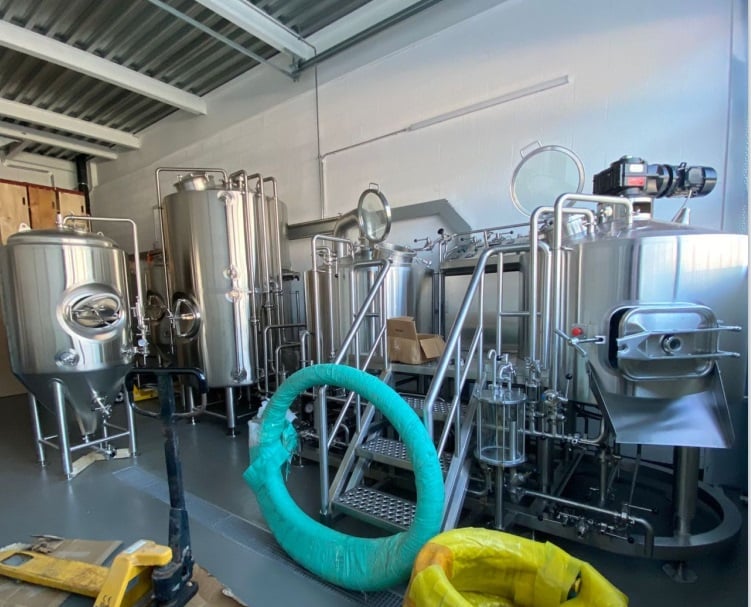

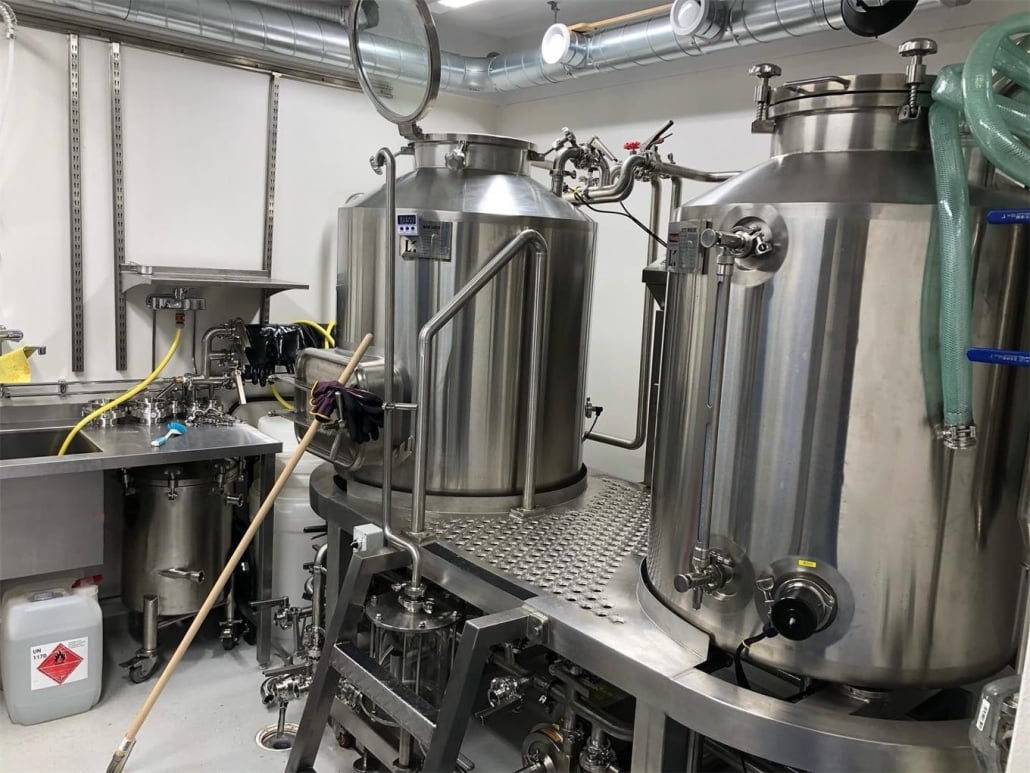

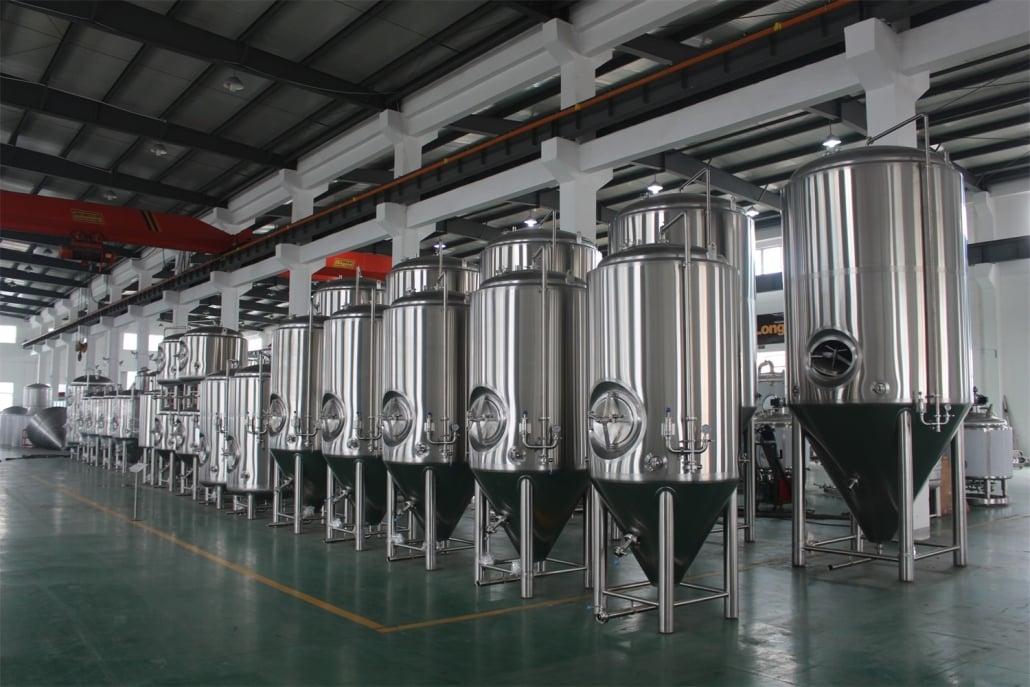
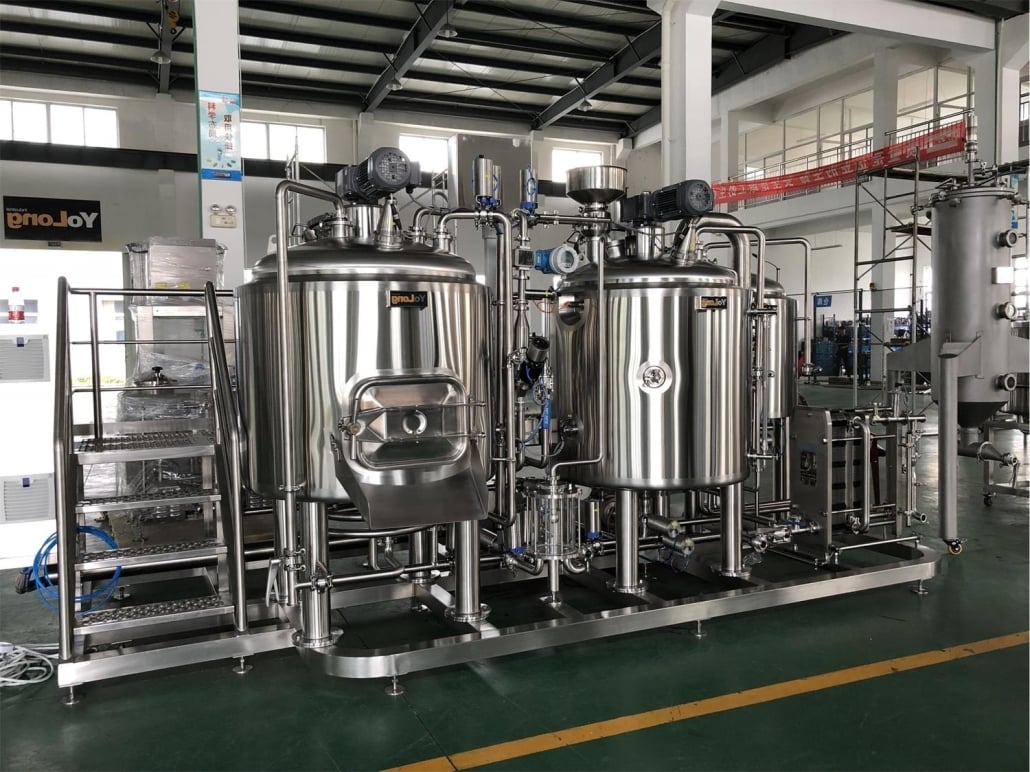
Pro Tips for New Home Brewers Using the Best Brewing Equipment
So you’ve got your shiny new gear — now what? Here’s how to actually use it like a pro, even if it’s your first brew day.
- Read the Instructions. Twice. Seriously. Every kit has nuances. Read, re-read, and plan before brew day.
- Do a Dry Run. Practice using the equipment with water. It’ll help you feel more confident when you’re working with wort.
- Label Everything. From tubing to fermenters. It keeps your process clean and organized.
- Track Your Brews. Use a journal or an app. Record what you did, what worked, and what didn’t.
- Don’t Rush Fermentation. Let your beer finish fermenting before bottling — use your hydrometer to confirm.
- Control Your Temps. Store your fermenter in a dark, cool, stable environment. Even a closet works.
- Clean Before and After. Think of your gear like dental tools — it needs to be spotless before and after use.
Homebrewing isn’t just a hobby, it’s an experience. A journey. Each batch teaches you something new. And the better your equipment, the smoother that journey will be.

FAQ
| Question | Answer |
|---|---|
| What’s the easiest homebrew kit for total beginners? | The Mr. Beer Kit is the most plug-and-play option for total newbies. It’s fast, easy, and comes with clear directions. |
| How much space do I need to homebrew? | You can get away with as little as a kitchen counter or 2-3 square feet. Just make sure you have good ventilation and access to water. |
| Is brewing beer at home cheaper than buying it? | In the long run, yes. Once you have your equipment, you can brew premium beer for $0.50-$1 per bottle. |
| Can I reuse brewing equipment? | Absolutely! With proper cleaning and care, most equipment will last for years. Glass and stainless steel last longest. |
| How long does it take to make beer at home? | Brew day takes 3-6 hours. Fermentation takes 1-4 weeks, and bottle conditioning another 1-2 weeks. Total: ~4-6 weeks. |
| Should I start with extract or all-grain brewing? | Start with extract. It’s faster, cheaper, and easier to learn with. All-grain is great once you’re more confident. |
Share this entry
Interested in learning more about Brewing Systems including additional details and pricing information? Please use the form below to contact us!
YOLONG BREWERY EQUIPMENT FAQS
- Commercial Brewery / Craft Brewery / Microbrewery / Nanobrewery
- What is The Difference Between Craft Beer and Industrial Beer?
- The Bespoke Differences In Custom Brewing Systems
- Everything You Need to Know About Kettle Souring
- How to Choose Brewing Equipment for Your business?
- How To Choose The-Best Partner To Build Your Commercial Microbrewing System?
- Two Detection Sensors That You Need To Use In Your Brewhouse System
- Remote Control Applications in Brewing Equipment/How does it work?
- How To Clean Your Brand New Brewery Tanks?

